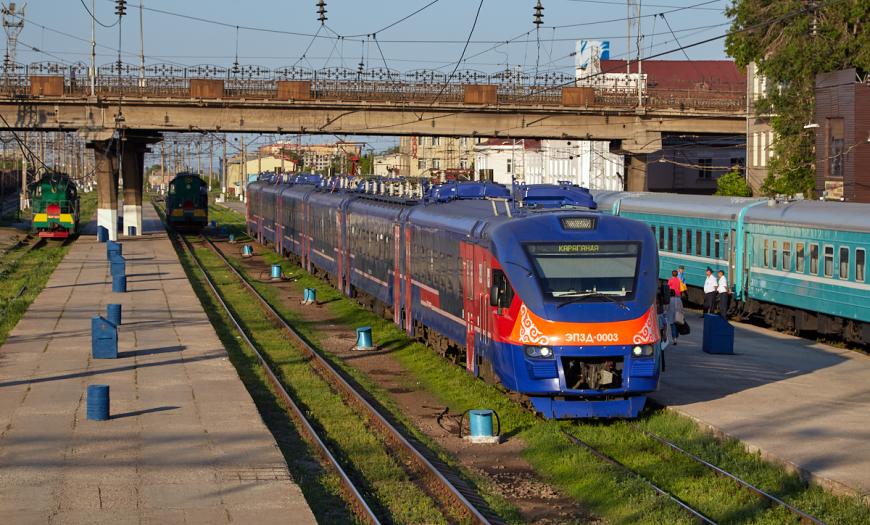In the pre-war period, Lentransproekt (from 1951 — Lengiprotrans) designed the Karaganda-Balkhash railway line in the Kazakh SSR. The road is a continuation of the meridional highway Petropavlovsk — Akmolinsk (now Astana) — Karaganda. The line was necessary to transport ore from the Pribalkhash and Kounrad deposits to the Balakhsh plant and further to the north.
By the time Lentransproject began work at the site, the line had already been under construction since 1934. However, the project was not fully developed. In 1935, in Akmolinsk, the institute began drawing up a technical design for the line and a general estimate.
To collect the missing data, four geological parties were formed: two were engaged in drilling for bridge supports, and the other two worked on exploring quarries for construction materials. As a result, the longitudinal profile was improved, openings for large and small artificial structures were determined, and four intermediate stations were designed.
There were difficult water supply conditions along the entire route. South of Mointy station the line passes through the Kara-Kum desert, and in Lake Balkhash the water is bitterly salty. In this regard, deep drilling was included in the survey program.
An innovation was the bridge crossing over the Churuban-Nura River using welded metal trusses. Such a structure was first built in the Soviet Union.
In 1936, temporary traffic was opened on the line, and in 1939 it was put into permanent operation. This was the first comprehensive project submitted by Lentransproekt for approval by the People's Commissariat of Railways of the USSR.
Author's department:
Project Status:


